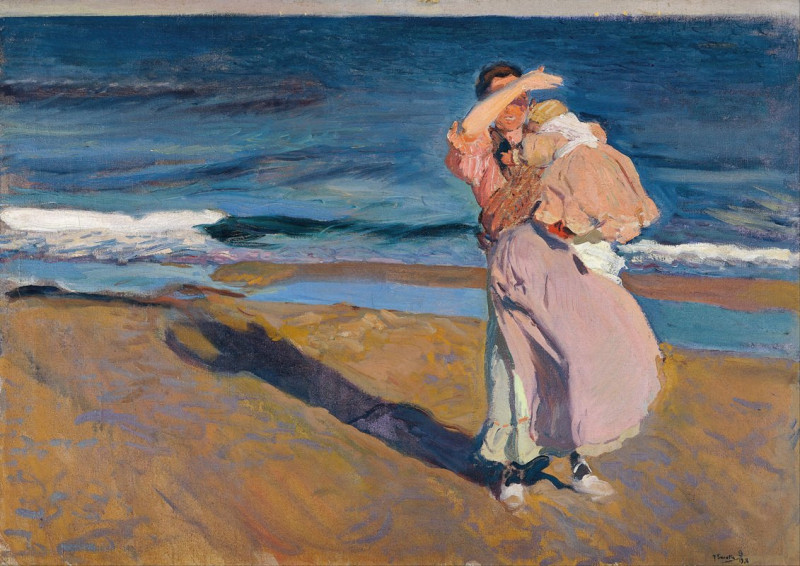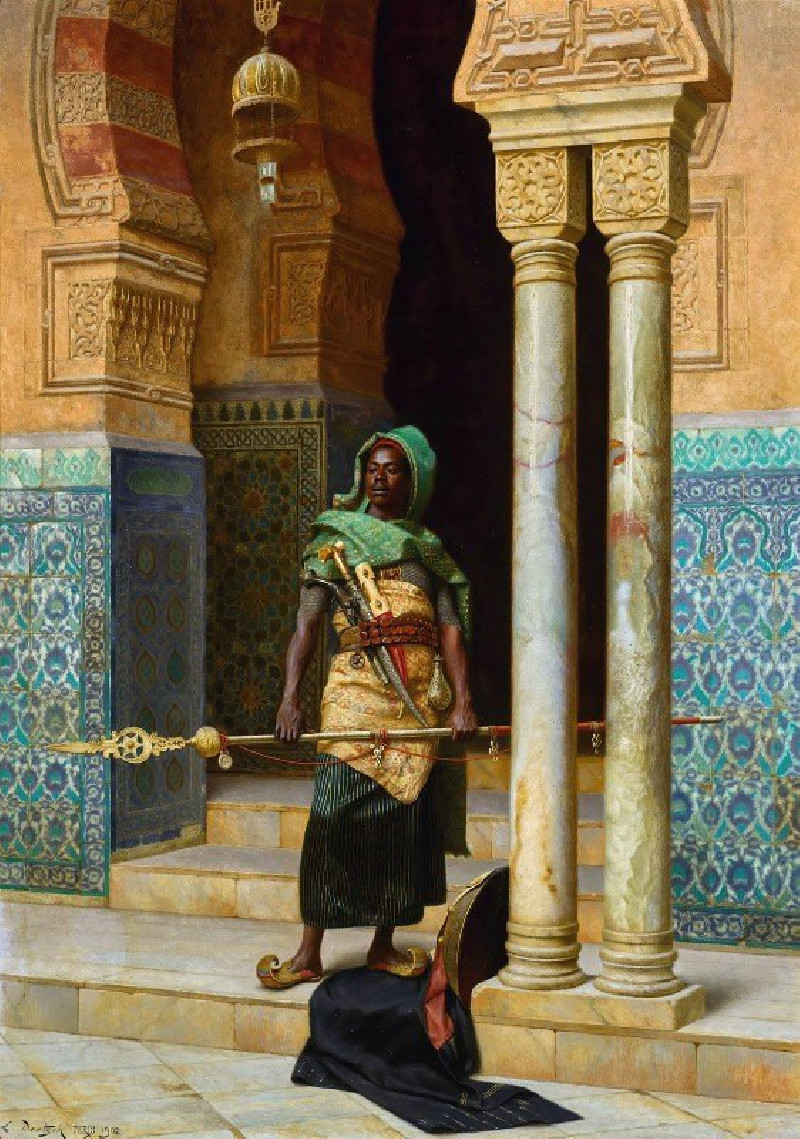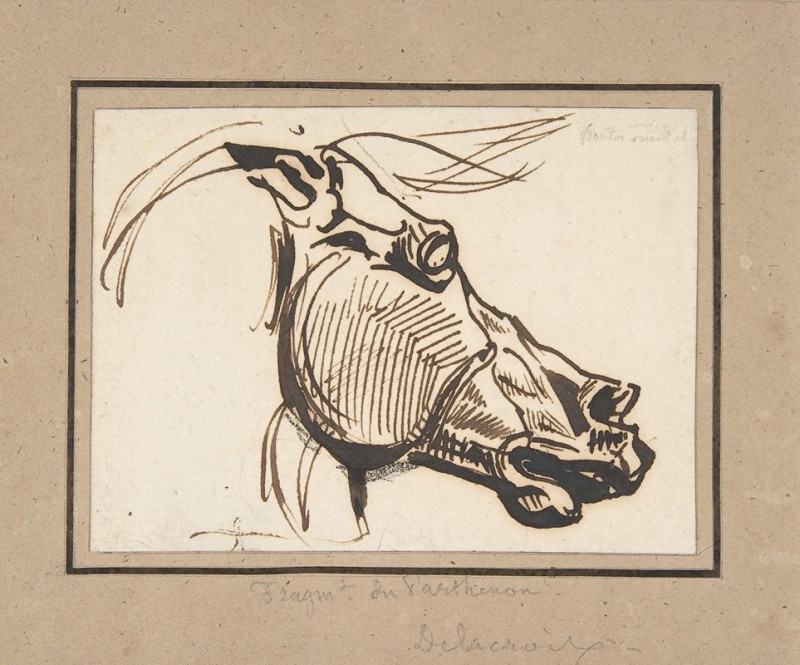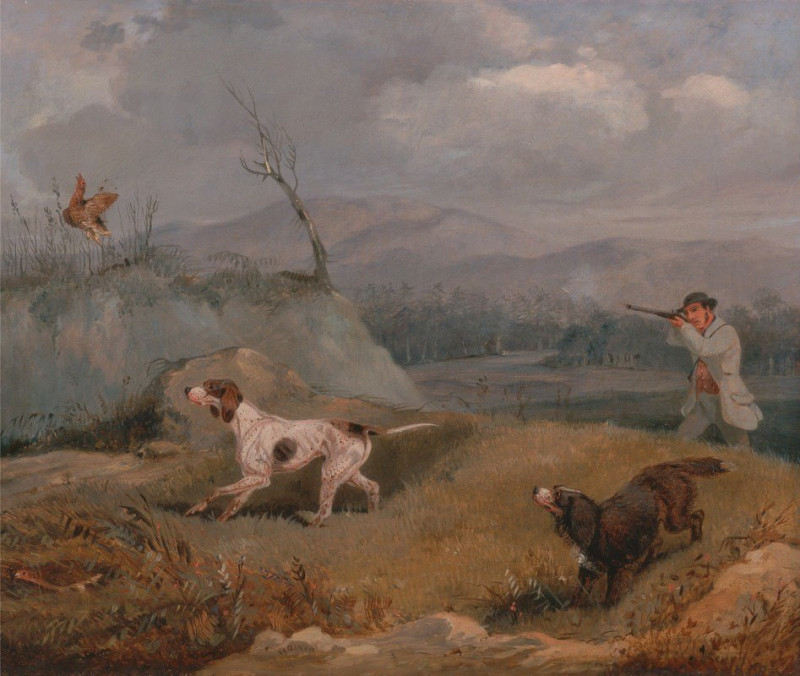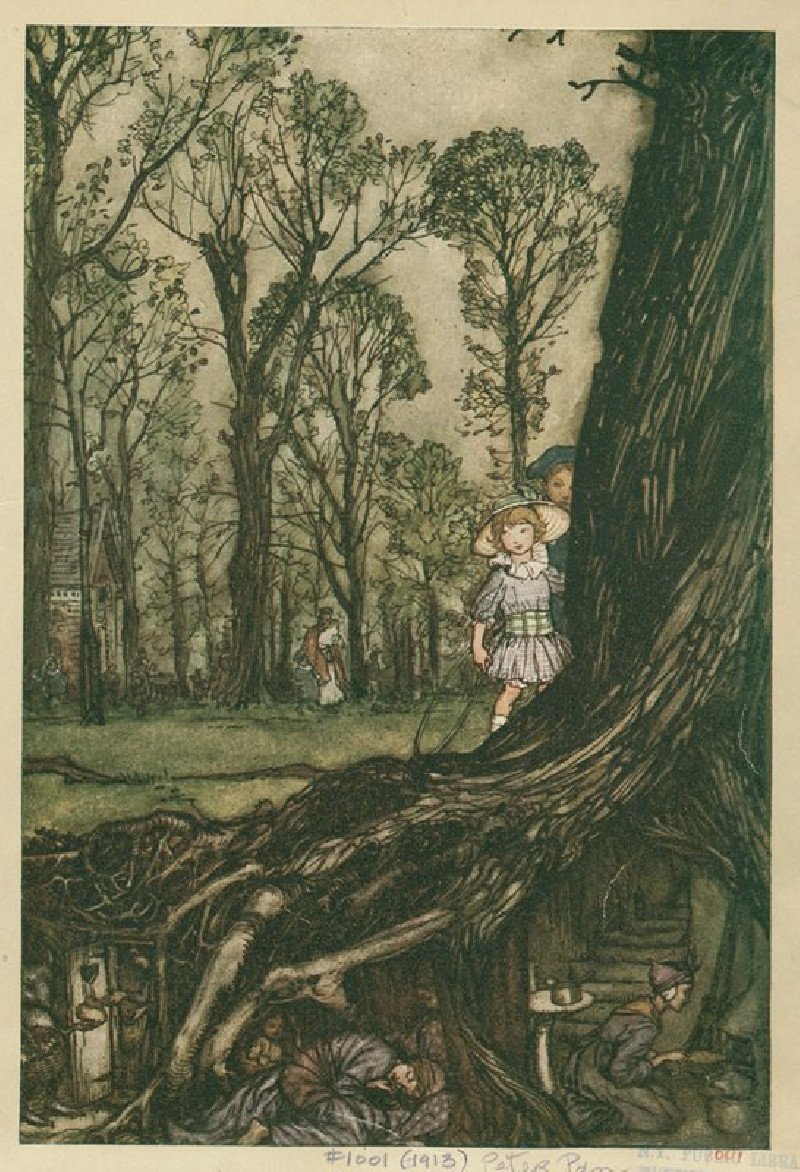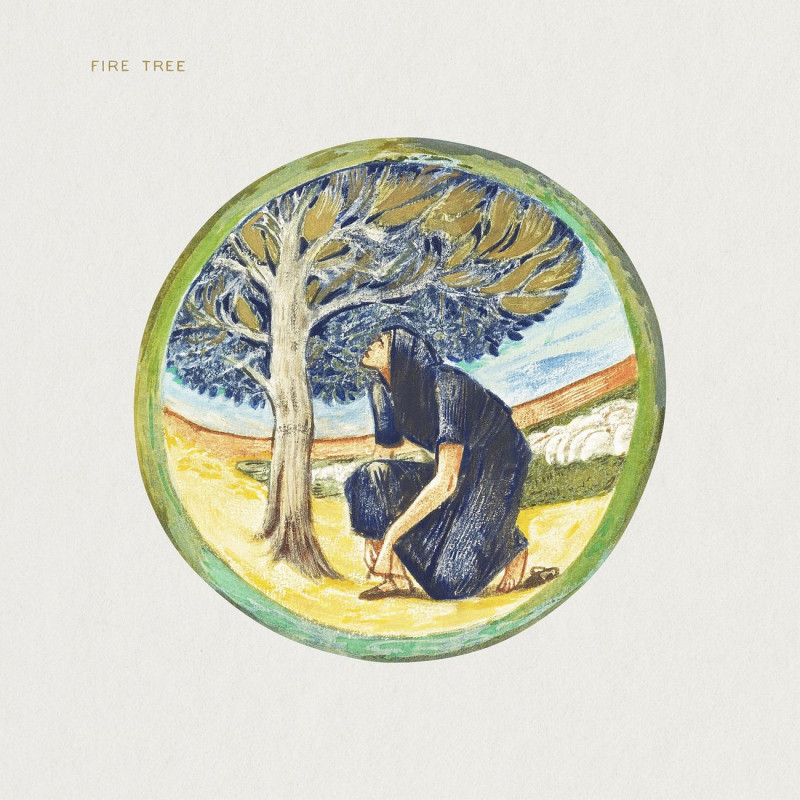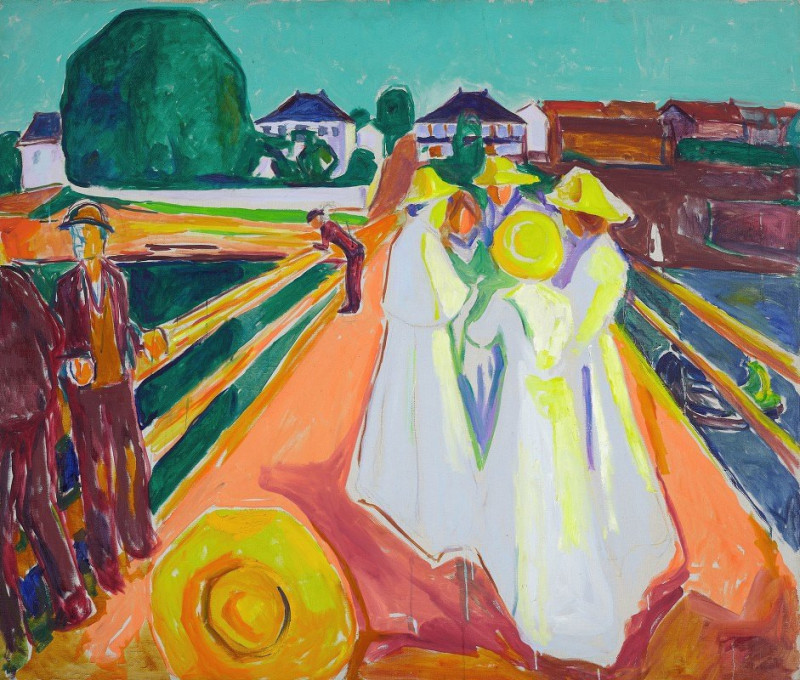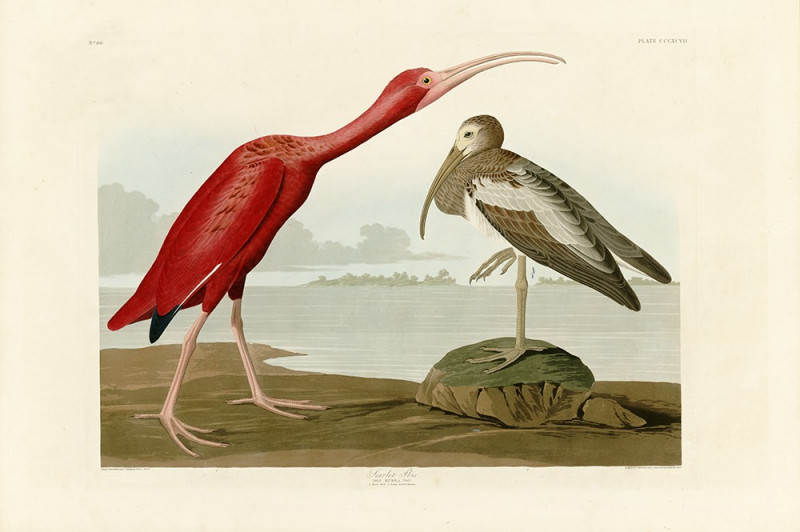Betty Hazard with her favourite doll (1914)
Technique: Giclée quality print
Recommended by our customers
More about this artwork
"Betty Hazard with her favourite doll" by James Carroll Beckwith, painted in 1914, captures a tender and delicate moment of childhood. This charming portrait showcases a young girl named Betty Hazard, adorned with soft, loose curls and large bows that lightly color her hair. Her eyes, wide and expressive, seem to gaze directly at the viewer, inviting a moment of connection.In her arms, Betty holds her favorite doll, dressed similarly in frilly attire. The painting is rich in brushwork, depicting the textures of the lace and satin of the clothes with a soft, almost dreamy quality. The use of light pastel tones adds to the innocence and gentle nature of the scene.Beckwith's skill in portraiture is evident, not just in the realistic rendering of Betty's features, but in capturing the essence of her youthful tranquility and the precious bond between a child and her toy. The painting not only provides a visual delight but also evokes a nostalgic reflection on childhood and its simple joys.
Delivery
Returns
Sir James Jebusa Shannon was an Anglo-American artist.
Shannon was born in Auburn, New York, and at the age of eight was taken by his parents to Canada. When he was sixteen, he went to England, where he studied at South Kensington, and after three years won the gold medal for figure painting.

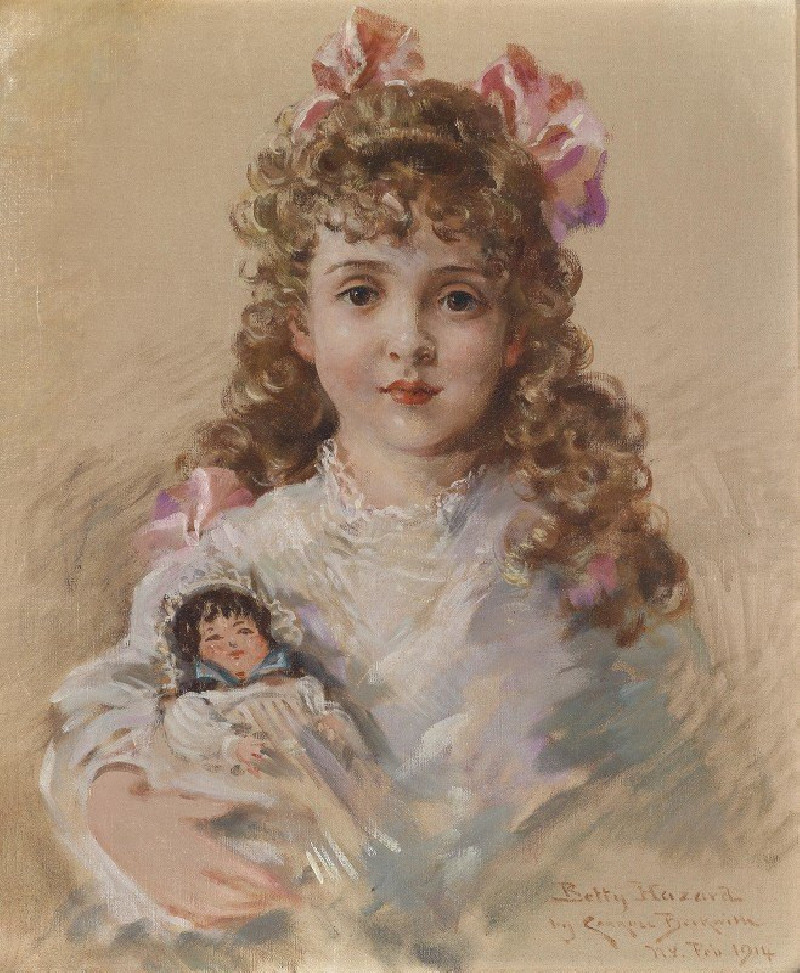
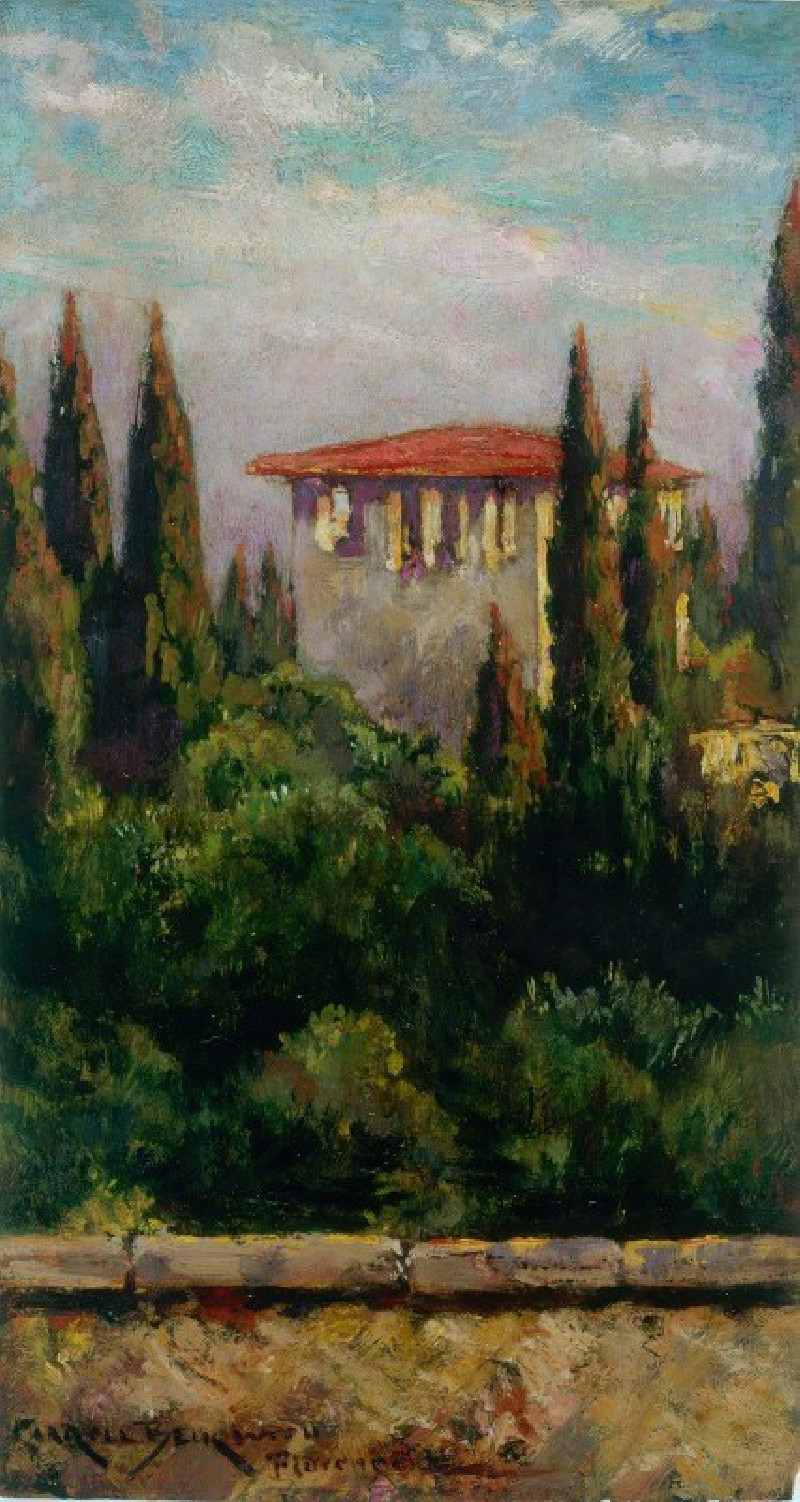
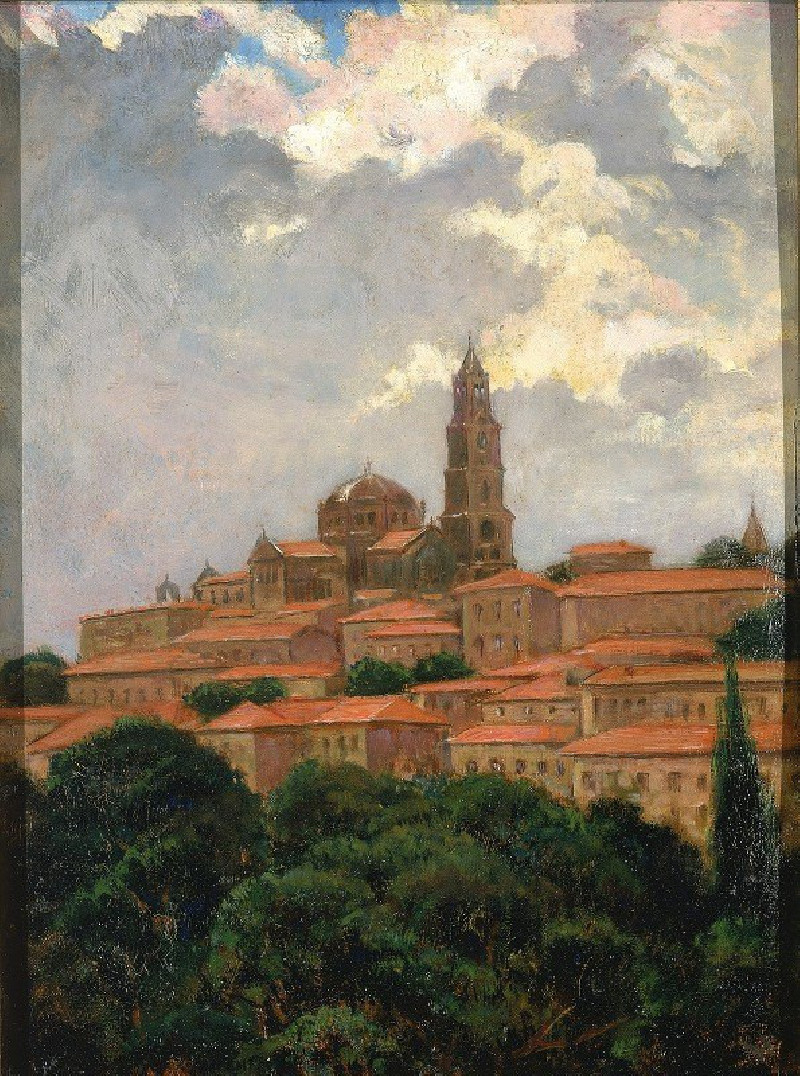
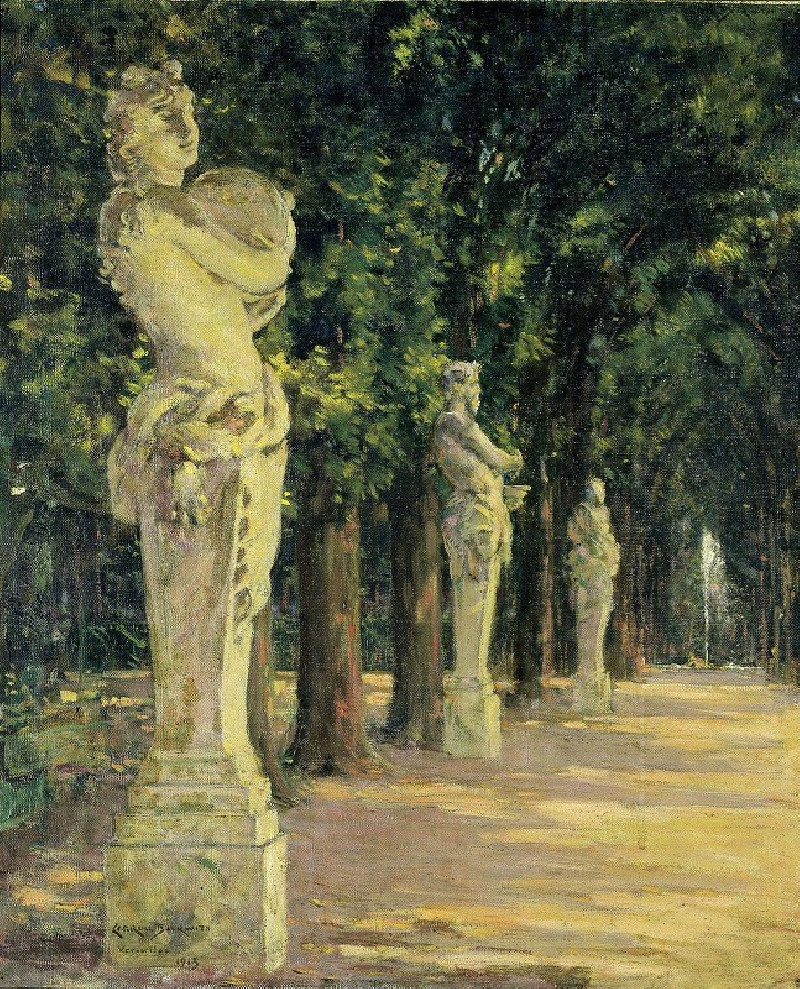
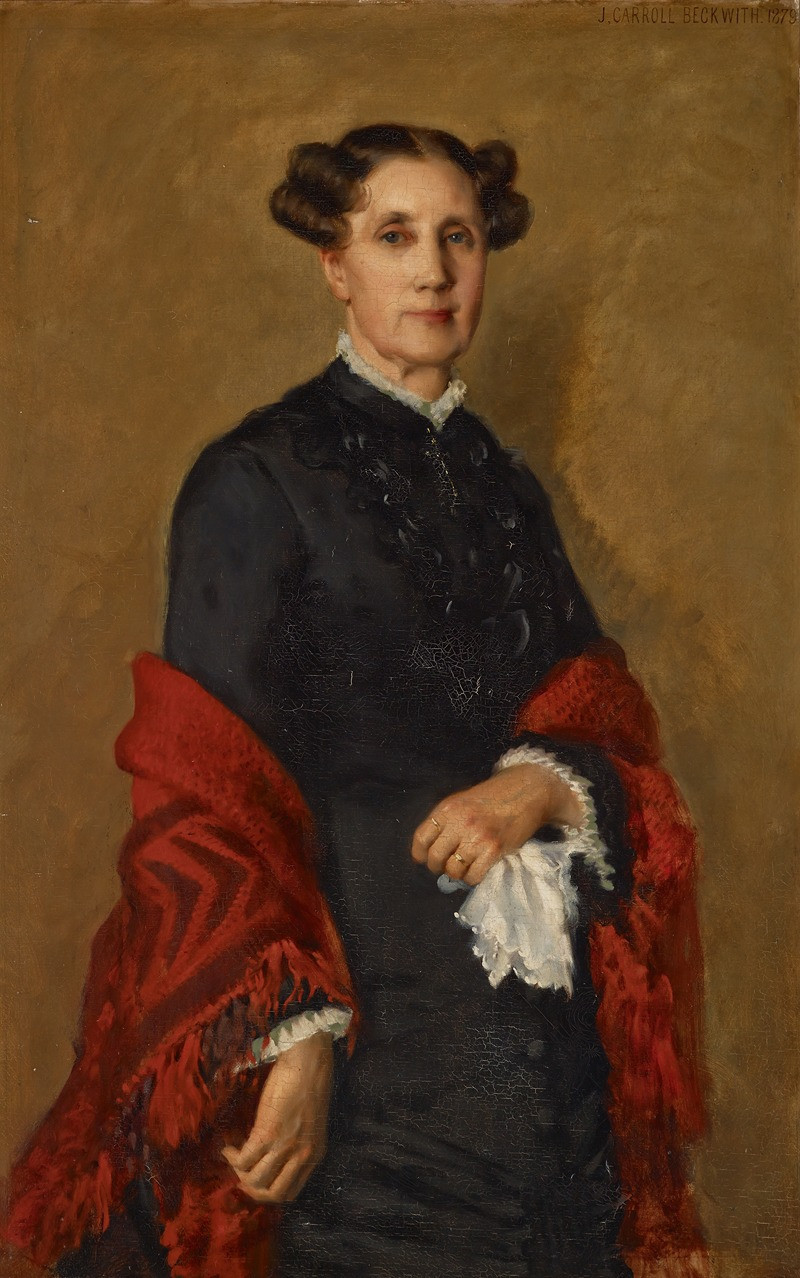
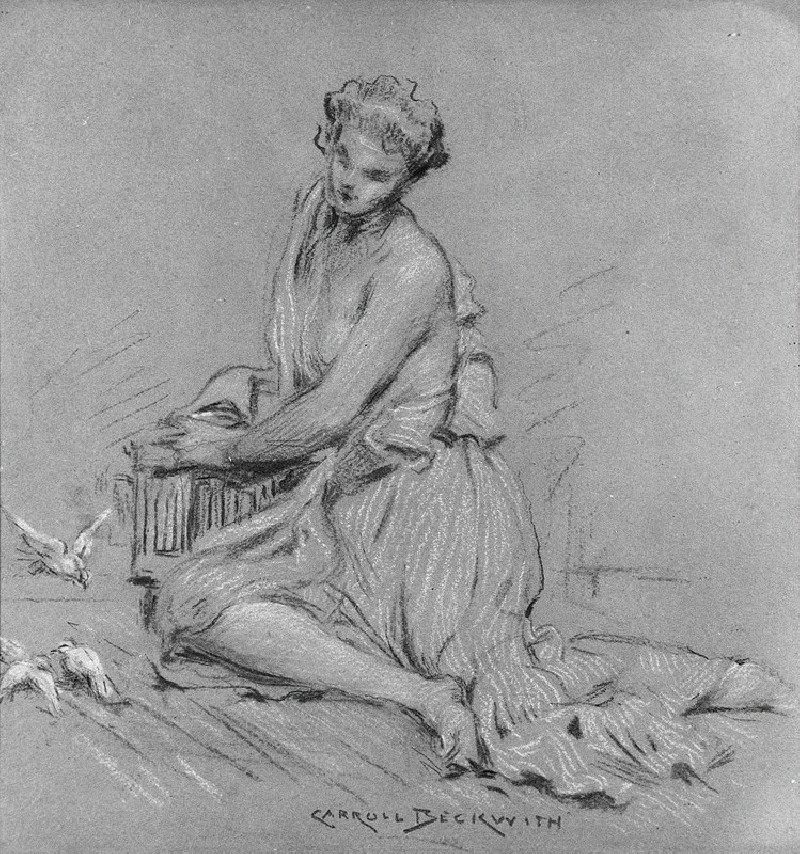
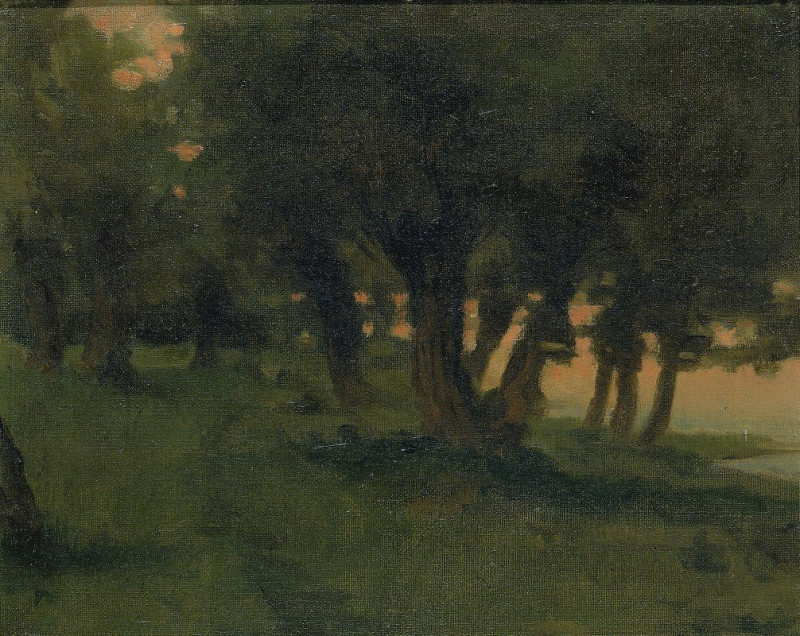

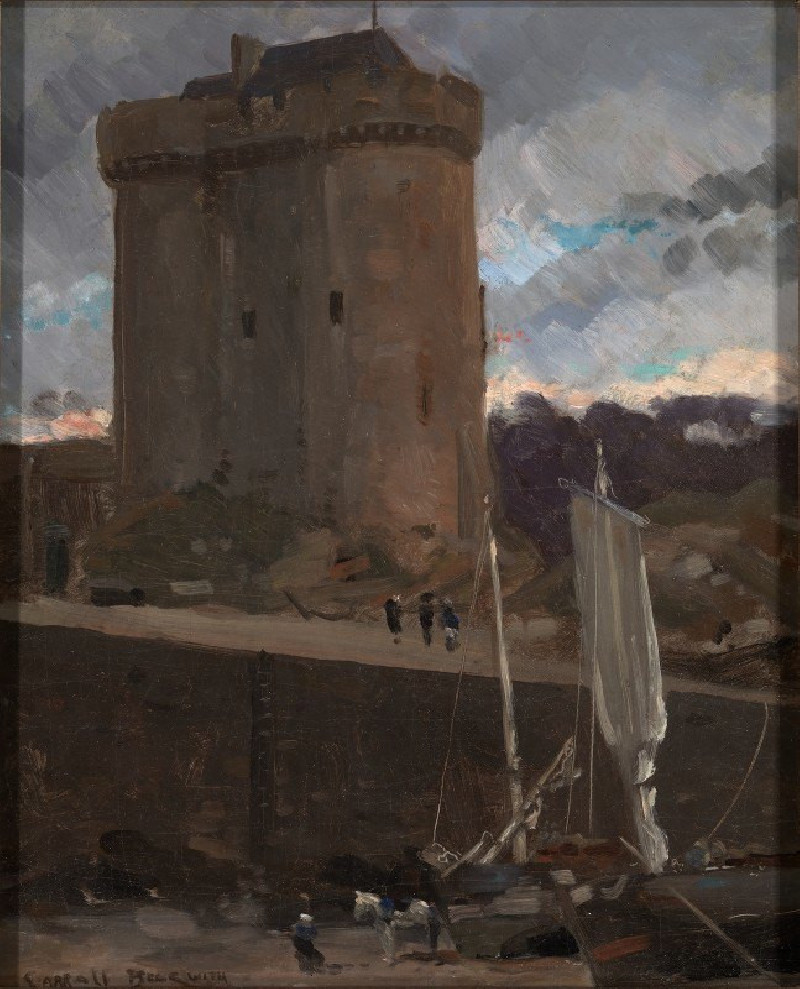
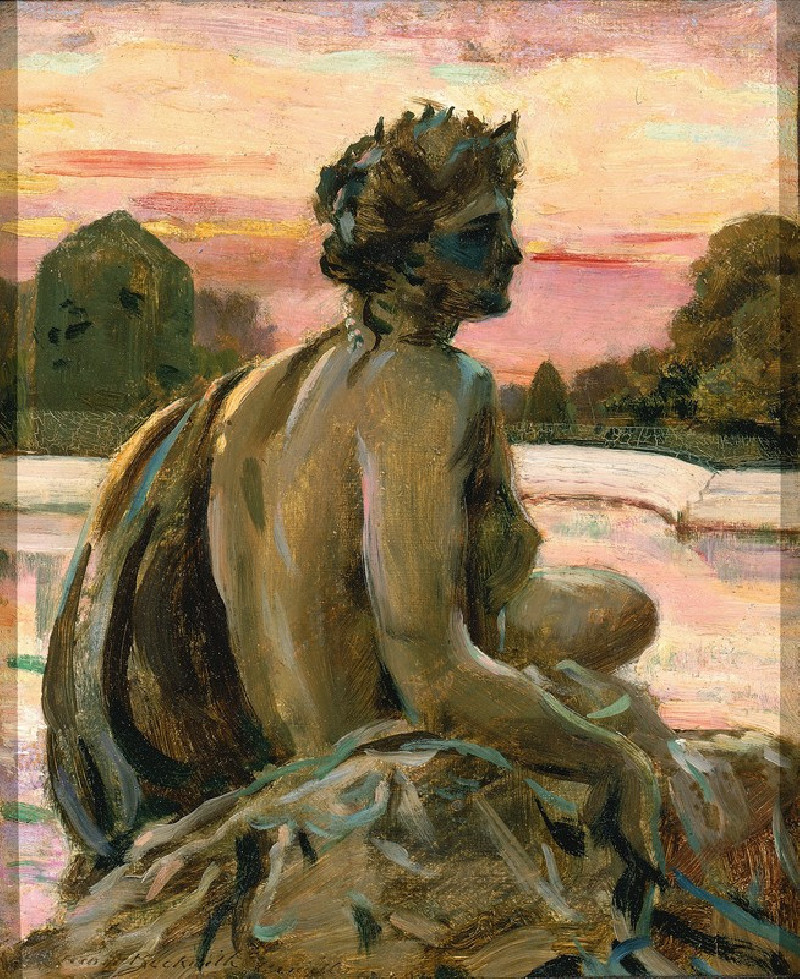

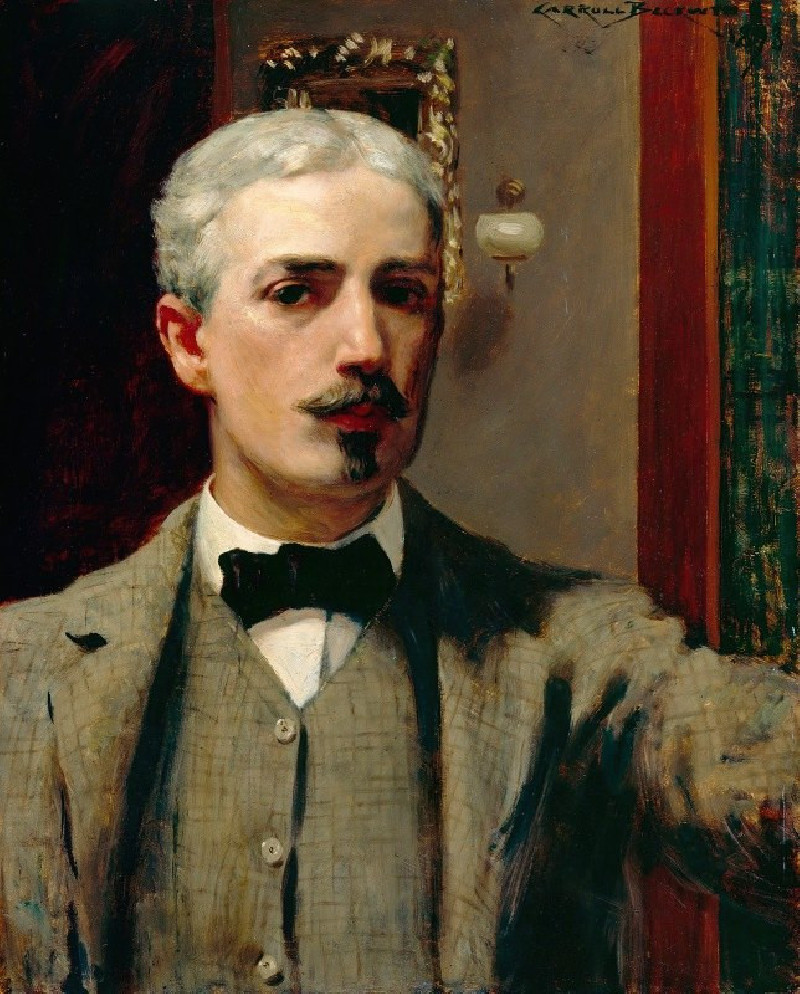
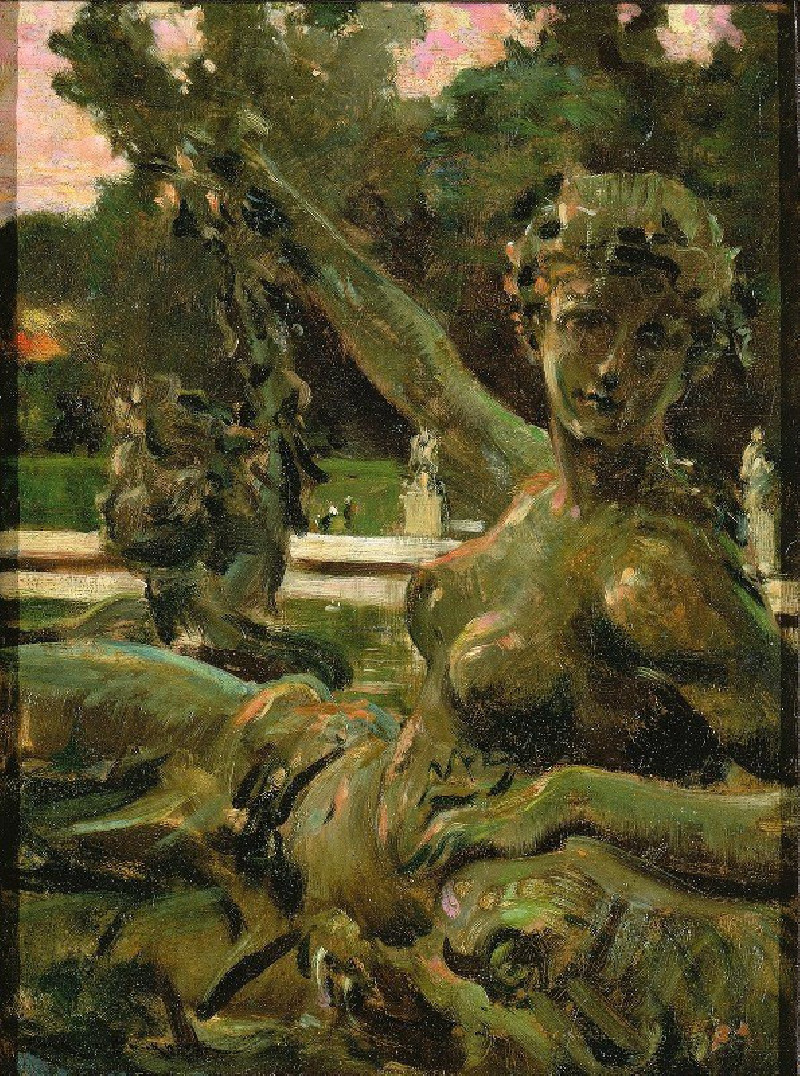
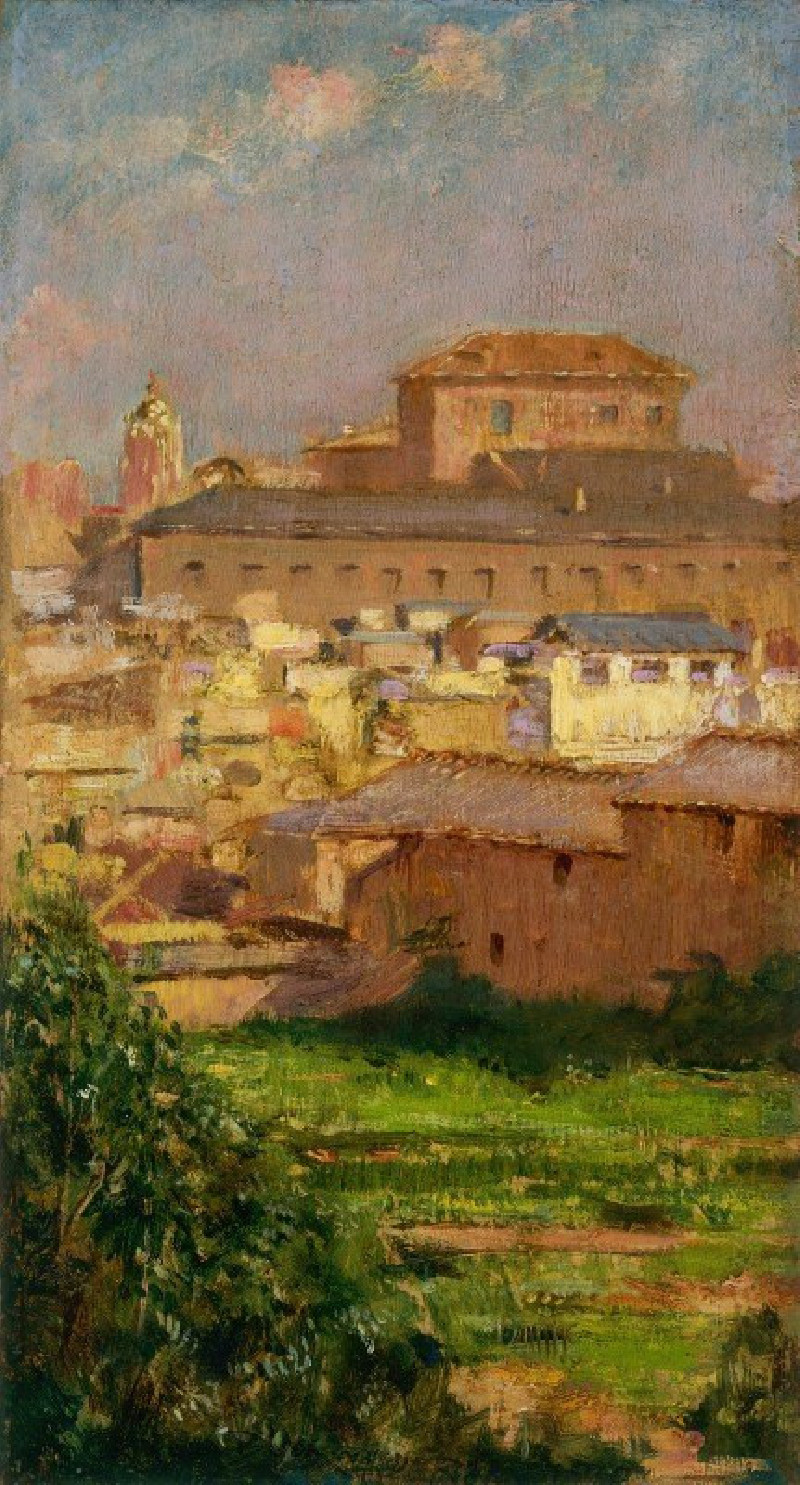
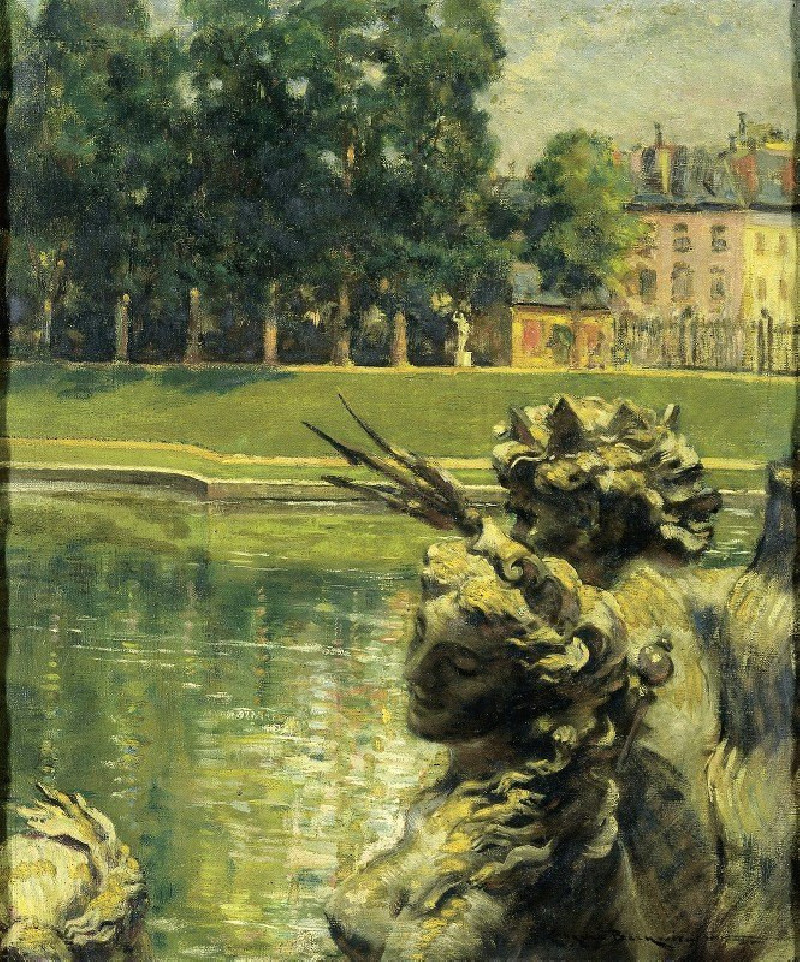

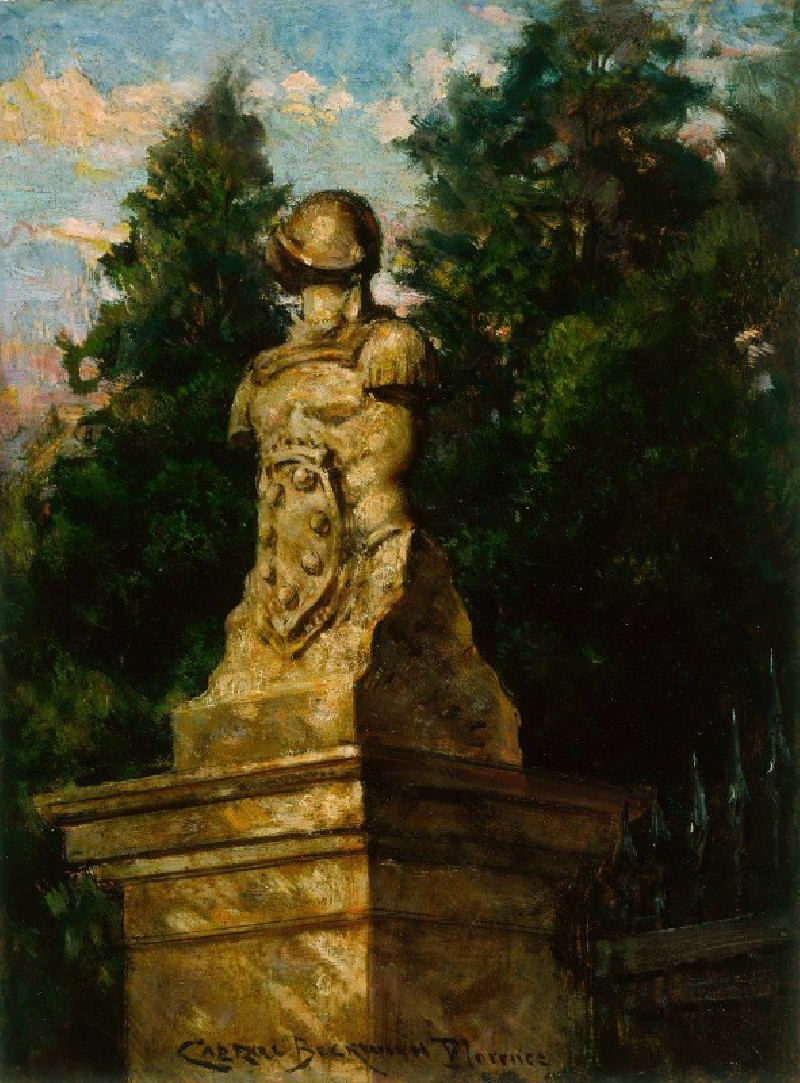
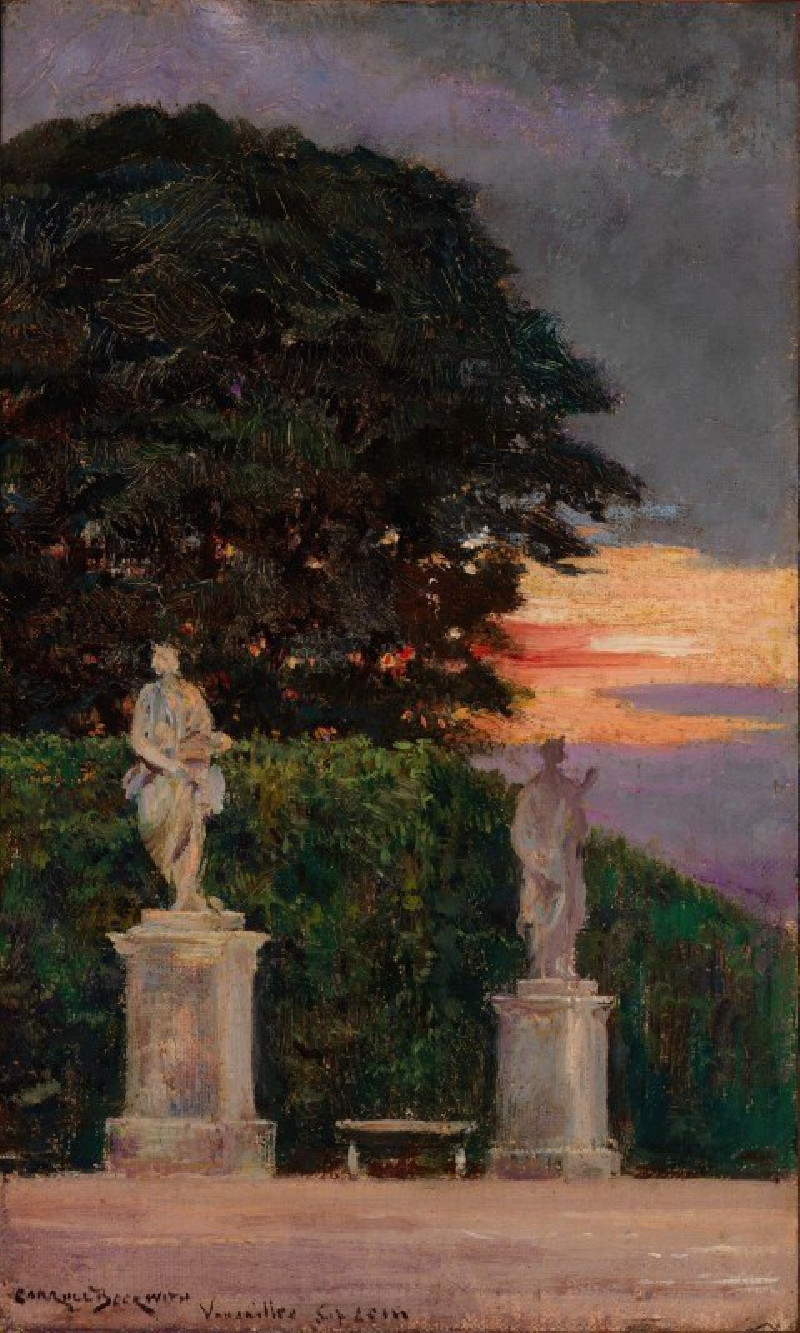


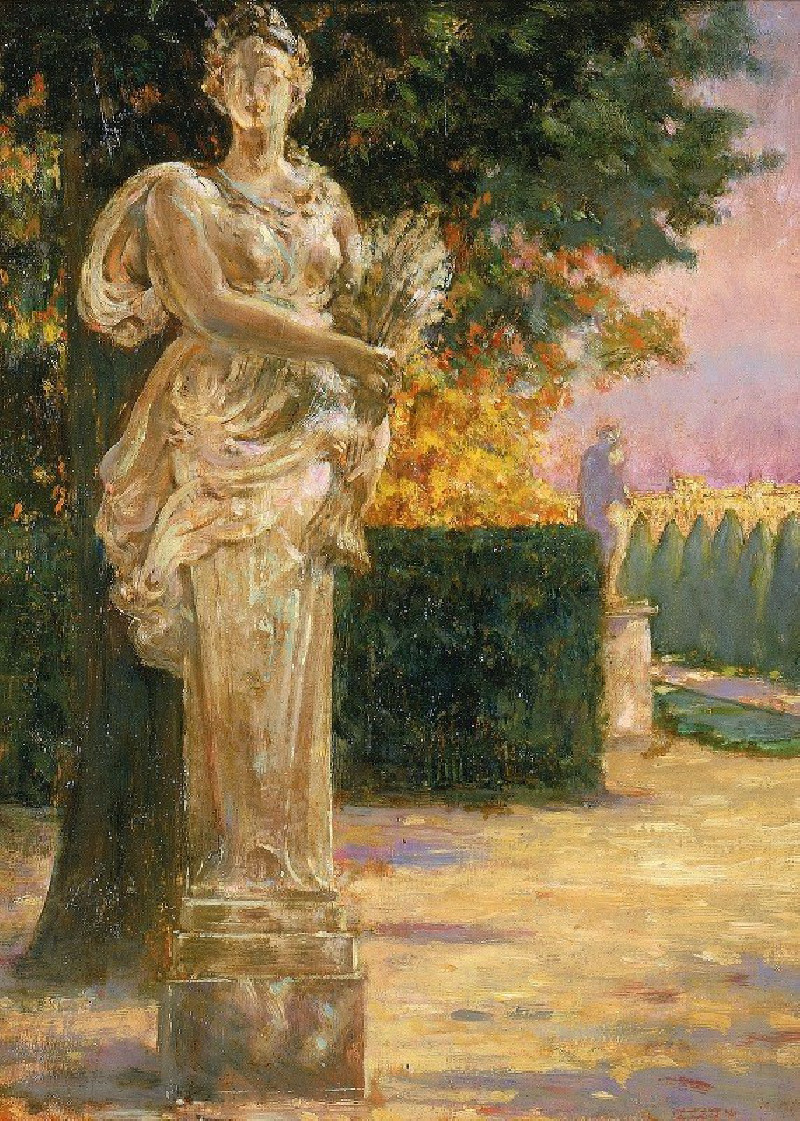
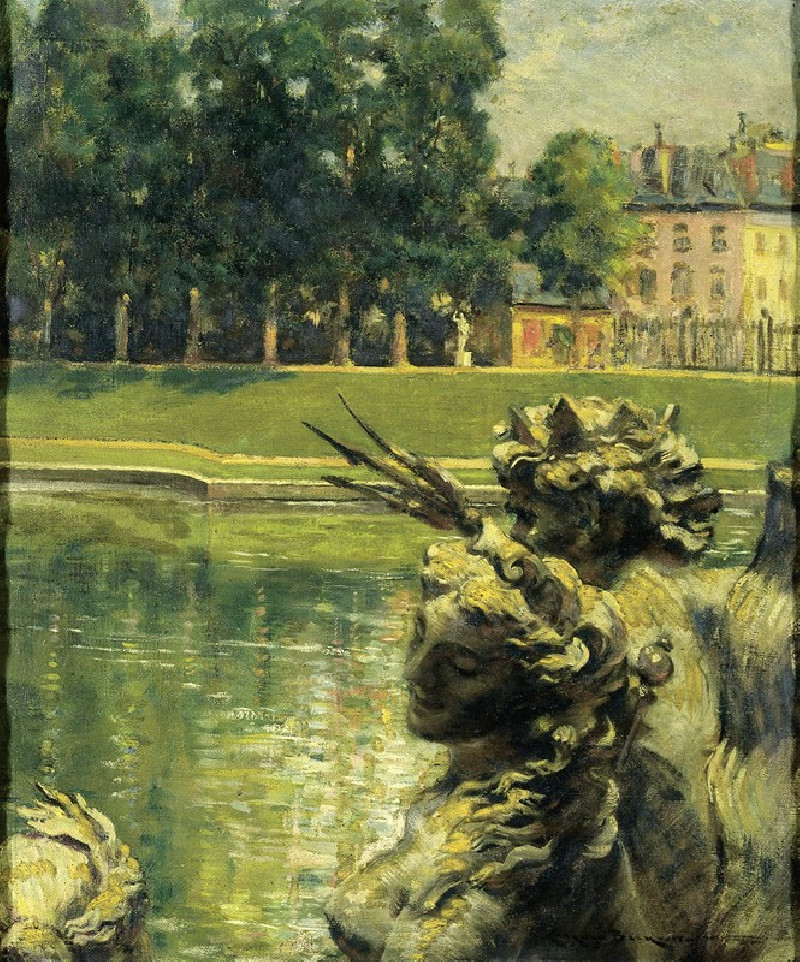

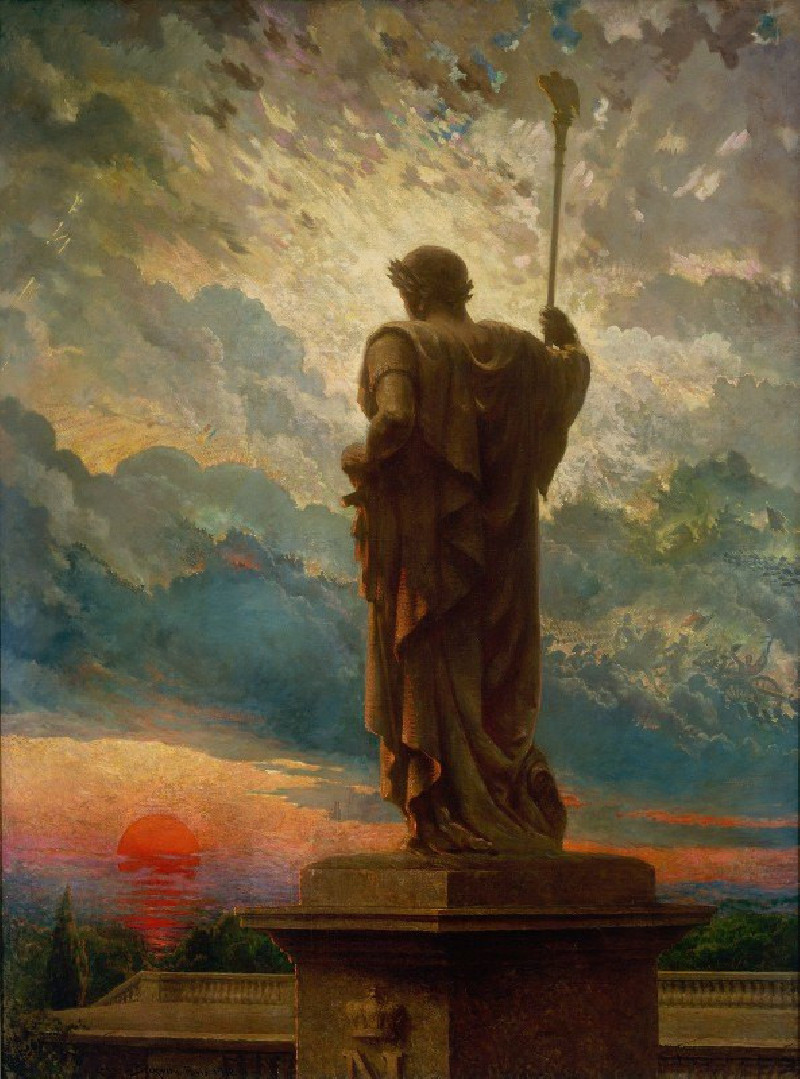
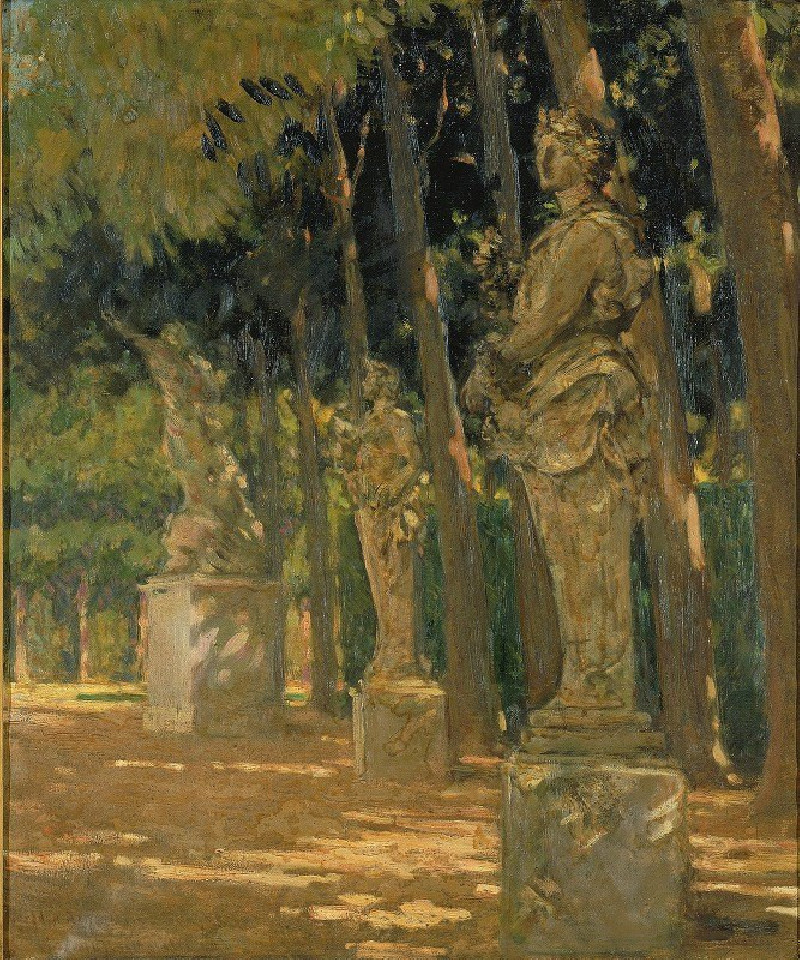
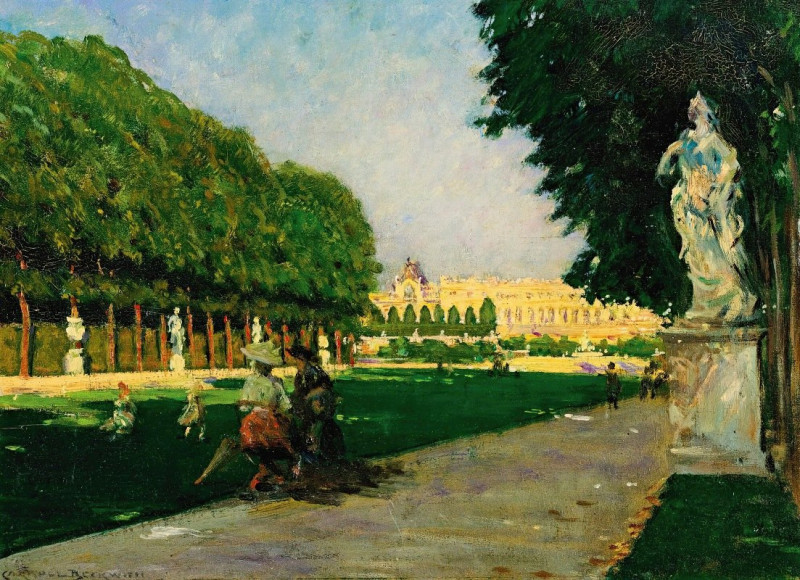
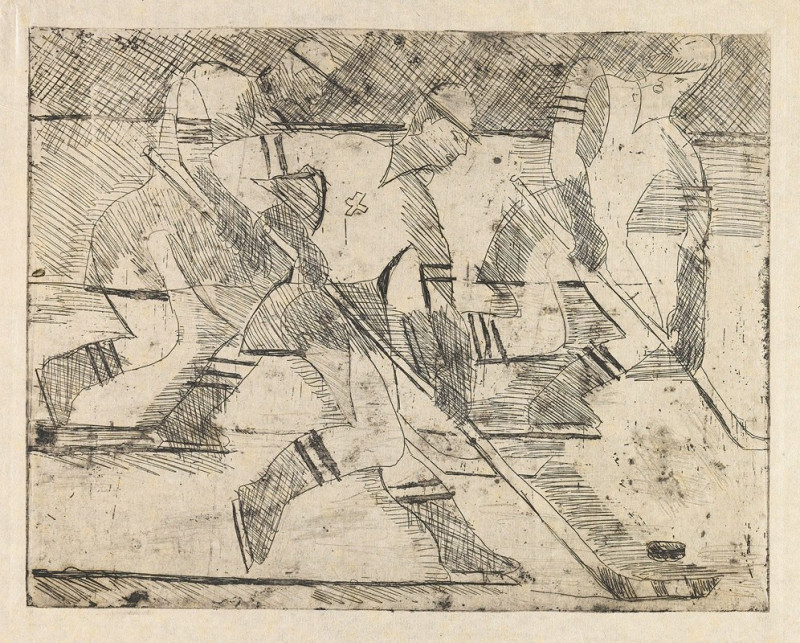


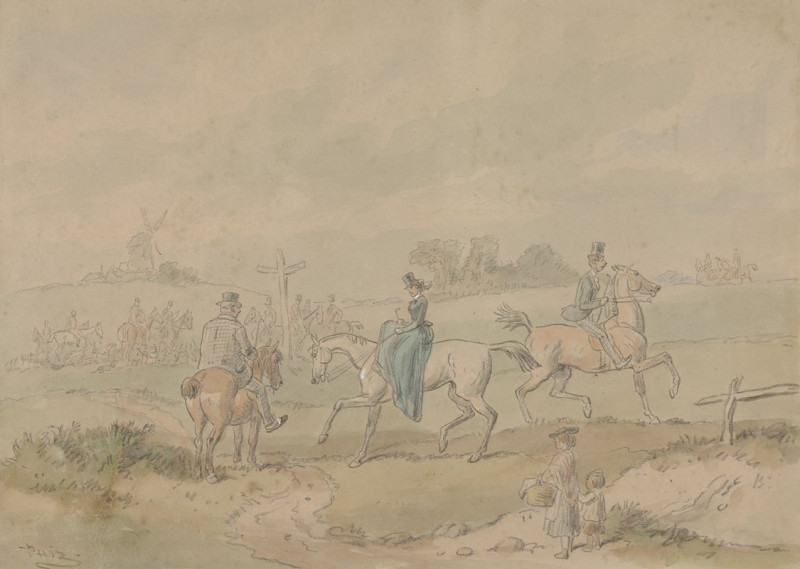
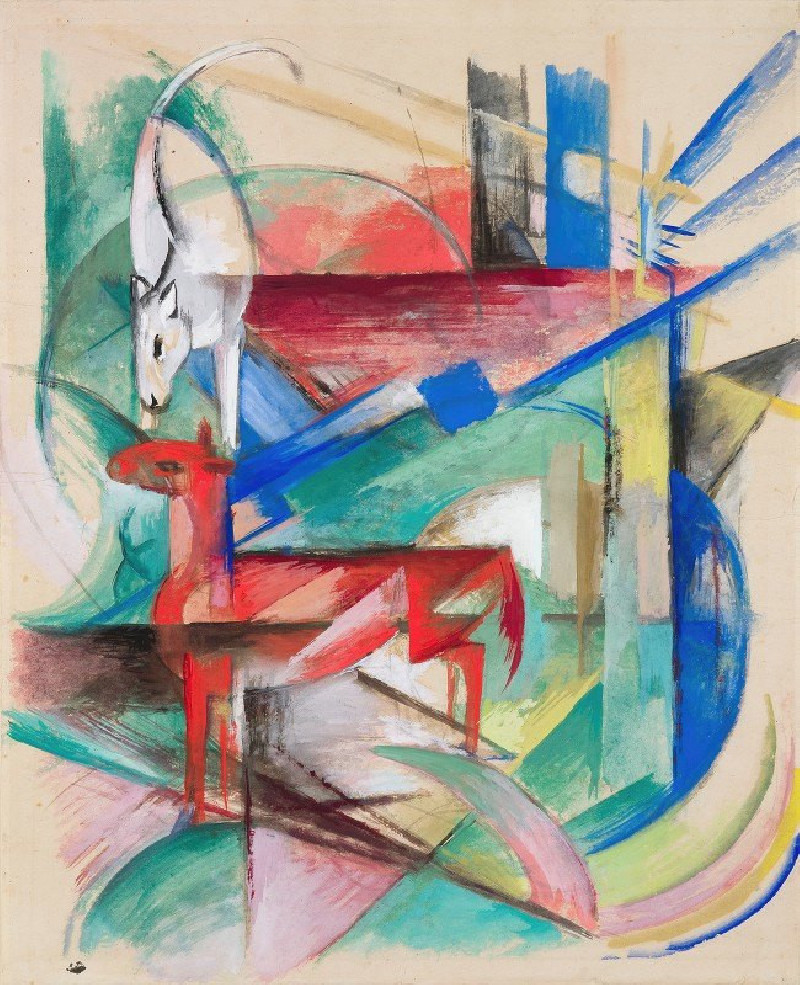


![View near Tassisudon [Tashicho Dzong] in Bhutan (1783) reproduction of painting by Samuel Davis. ALL GICLEE PRINTS](https://reprodukcijos.lt/46791-large_default/reproduction-of-view-near-tassisudon-tashicho-dzong-in-bhutan-1783.jpg)
